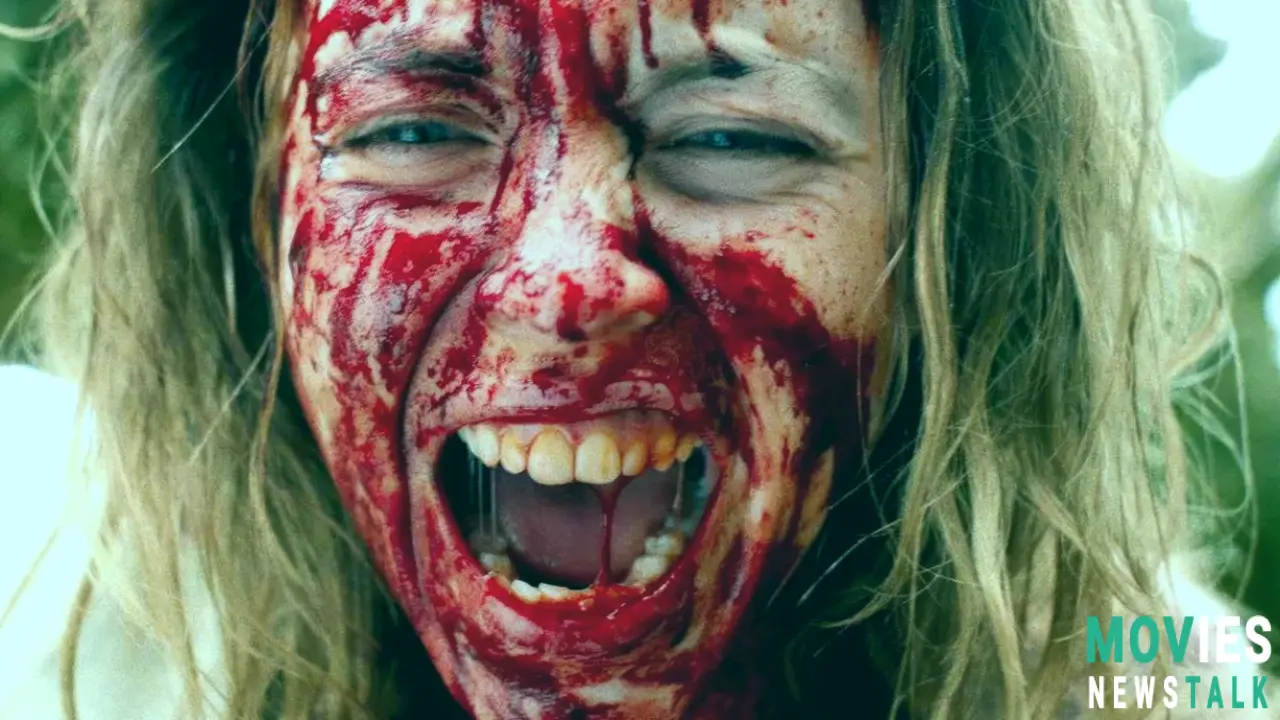The Shocking Conclusion of Immaculate: How Sound Design Takes It Beyond Just Gory
Sydney Sweeney produced and starred in the horror movie Immaculate, which, in part because of its sound design, haunts audiences. Sweeney's character Cecilia lets out a primal, guttural scream in the film's climax, adding to the raw passion of the picture. But the film's distinct brand of Catholic horror is defined by the sound design, which goes beyond the visceral.
The Merciful Death of Immaculate: Driven by Symmetry
Perhaps the most impactful scene in Immaculate is the last one, which gains a lot of its impact from the deft use of sound. Michael Mohan, the director, explained that the initial test audiences thought a baby goat sound effect was "campy," so they used the pitched-up, warbling sound of a sick cat. This unnerving sound, together with the baby's disappearance from the scene, heightens the body horror in the picture and makes the scary and violent conclusion even more intense.
Cecilia's final performance is cathartic, in part because of the animalistic breathing noises. The sound design implies a merciful execution rather than just startling the viewer, making it abundantly clear that the infant is a horrible and unholy being. Despite the terror, Cecilia's decision compels the viewer to feel sympathy for her.
A Character-Defining Aspect of Immaculate's Horror: Sound Design
Despite their sometimes-overlooked contributions to the horror genre, sound designers have made a significant impact. Immaculate's sound design enhances the terrifying impact of the movie, particularly for the Catholic horror subgenre. The fragrance of incense, the vivid stained glass, and the dramatic acoustics of the cathedral all contribute to the rich sensory experience of attending a Catholic mass. Immaculate subverts this well-known experience, relying largely on audio to create a sweeping religious horror mood.
Visceral Body Horror and Diegetic Tension
Diegetic sound is a really useful tool in Immaculate's tension-building. The sound of cracking bones, jangling keys, and creaking doors all add to the overall mood of the movie. In order to create a dual horror experience, the movie combines sensory and spiritual themes through sound design. While physical sounds like vomiting, splattering, and bludgeoning anchor the film in body terror, haunting choral sounds that occasionally breach the fourth wall give spiritual dread. This combination, along with the imagery in the movie, successfully returns nunsploitation to its violent origins from the 1970s.
The Raw Performance of Sydney Sweeney and the Influence of Sound
The final sequence features a raw vocal performance by Sydney Sweeney that, when combined with the sound design, enhances Immaculate's horror experience. Sweeney gives a strong scream that adds to the disturbing sounds, leaving the audience with lingering effects. It's evidence of Sweeney's skill and the effectiveness of sound design in producing a genuinely terrifying motion picture experience.
The Sound Design of Immaculate Is More Than Just a Soundtrack
A good example of the value of sound design in horror movies is Immaculate. The use of sound enhances both the overall eerie mood and the film's horrific conclusion. The sound design skillfully produces a very immersive and terrifying experience, from the baby's animalistic breathing to the eerie choral music and the visceral body horror sounds. It serves as a reminder of how important sound is to making memorable movies, despite its frequent underappreciation.

